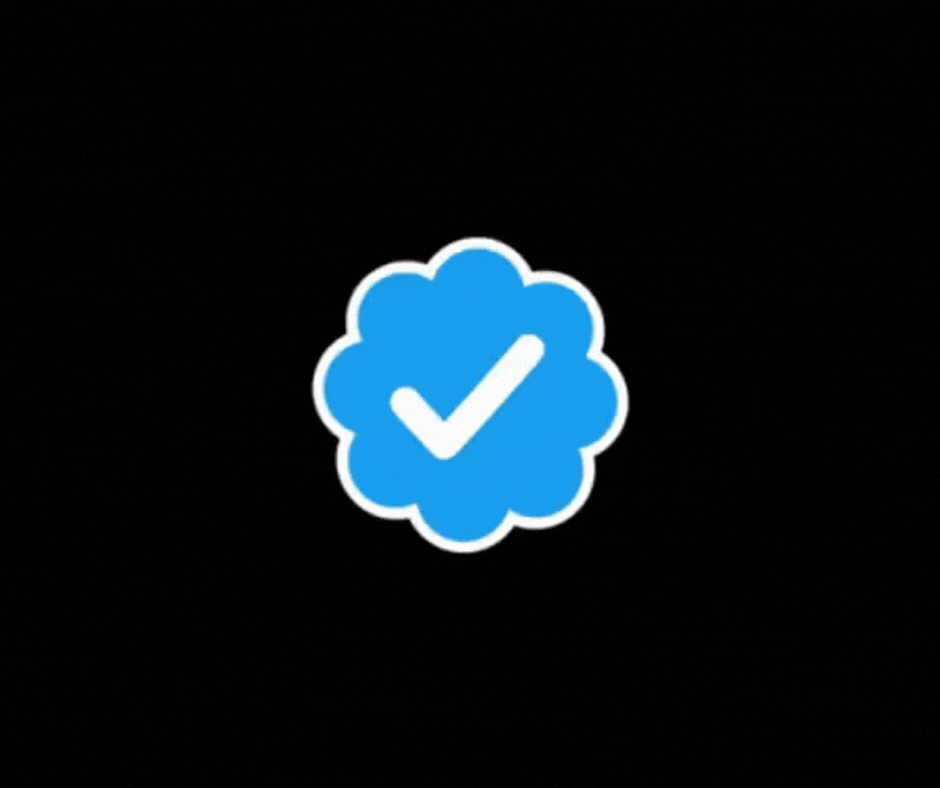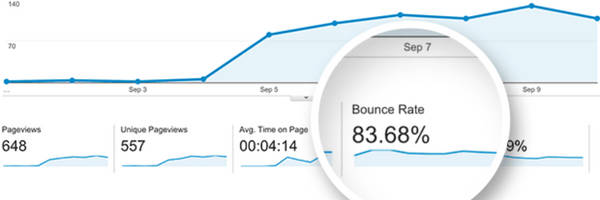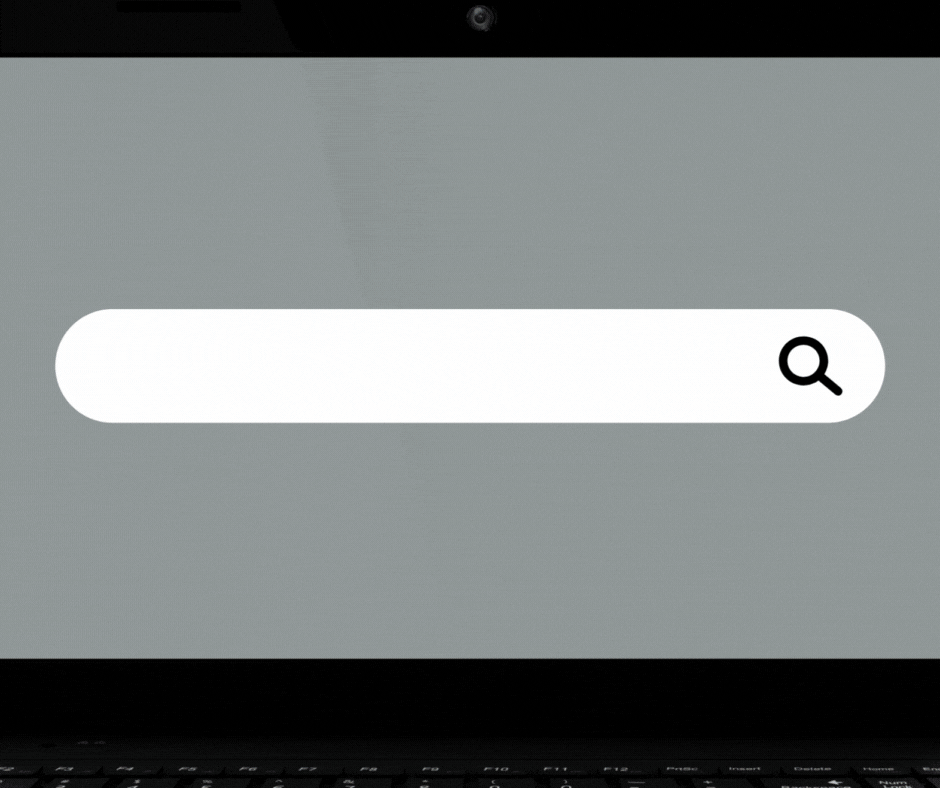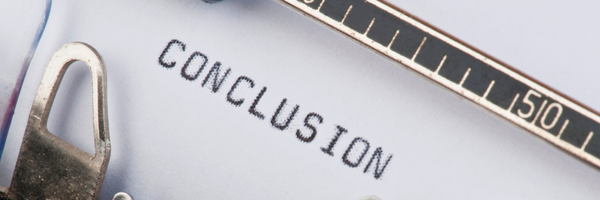
In the dynamic world of marketing, staying ahead is crucial. As 2024 begins, experiential marketing takes the cake, yet again, evolving to meet changing consumer...
Any effective marketing plan must include the development of brand awareness. It aids companies in building a solid market position, differentiating themselves from rivals, and cultivating client loyalty. But how can you assess the success of your attempts to raise brand awareness?
We will look at numerous metrics and methodologies in this post to help you evaluate the results of your brand awareness campaigns.
1. Why Measure Brand Awareness?
2. Methods for Measuring Brand Awareness
3. Surveys and Questionnaires5. Website Analytics for Enhanced Performance
6. How Long Does It Take to Build Brand Awareness?
8. How Microsoft Expanded their Brand
9. The Benefits of Brand Extension
10. Final Thoughts
11. FAQS
Measuring brand awareness is crucial for your business to understand the effectiveness of your marketing efforts and gauge the level of recognition and familiarity consumers have with your brand.
Here are some key reasons why measuring brand awareness is essential:

The effectiveness of marketing efforts and activities can be better understood by measuring brand awareness.
It aids you in determining whether your marketing initiatives are having the desired effect on your target market while increasing brand recognition.
You may evaluate the effects of various marketing techniques by measuring brand awareness metrics over time.
You can then make data-driven decisions to maximize your marketing efforts.
Brand awareness measurement allows you to identify your strengths and weaknesses in the market.
By analyzing brand awareness data, you can identify which aspects of your brand are well-known, resonate with consumers, and which areas require improvement.
This information helps you focus your resources on enhancing weak areas, strengthening brand messaging, and refining your marketing strategies to drive better results.
Measuring brand awareness goes beyond just knowing how well consumers recognize a brand; it also provides insights into consumers' perceptions of your brand.
By evaluating the associations and sentiments associated with your brand, you can understand how your brand is perceived in the market.
This knowledge helps in shaping brand positioning, developing effective communication strategies, and aligning your brand image with the desired perception.

By measuring brand awareness, you may compare your brand to that of your rivals.
You can acquire insights into its market position and pinpoint areas where it may be trailing or excelling by comparing brand awareness measurements with those of industry competitors.
You are able to differentiate your brand, improve its strategy, and take opportunities to obtain a competitive edge thanks to this competitive intelligence.
Measurement of brand awareness offers useful information that supports company decision-making in many different areas.
It aids in allocating funds and resources along with choosing the best marketing strategies and channels to efficiently reach your target audience.
You can make well-informed decisions to spur growth, increase market share, and strengthen brand equity by comprehending the effect of brand awareness on consumer behavior.
Measuring brand awareness helps you to justify your marketing investments to stakeholders and decision-makers.
By quantifying the impact of marketing efforts on brand awareness, you can demonstrate the value and return on investment (ROI) of your marketing activities.
This data-driven approach enhances credibility, secures future investments, and ensures alignment between marketing strategies and overall business goals.

Surveys and questionnaires are useful instruments for measuring brand awareness and gathering insights from consumers.
Here's how you can effectively use surveys and questionnaires to measure brand awareness:
It's crucial to design questions that are pertinent to measuring brand awareness when establishing surveys or questionnaires.
Start by asking participants to name brands in a certain category or industry in order to gauge brand memory.
Include questions that examine brand recognition, its distinguishing characteristics, and relationships.
Incorporate questions regarding brand preference, consideration, and the possibility of future engagement to determine the extent of brand awareness.
To ensure accurate and meaningful data, surveys and questionnaires should be targeted toward the desired audience.
Identify the specific demographics or customer segments that align with your target market and tailor the questions accordingly.
Consider using customer databases, online panels, or social media targeting to reach your intended audience effectively.
By surveying the right participants, you can gather insights that accurately reflect the brand awareness levels within your target market.

Surveys and questionnaires can be conducted through various methods, including online surveys, email surveys, phone interviews, or face-to-face interviews.
Each method has its advantages and considerations, so choose the one that best aligns with your target audience and desired sample size.
Online surveys are often cost-effective and enable broader reach, while phone or face-to-face interviews allow for more in-depth responses and personal interactions.
Consider the budget, resources, and objectives when selecting your survey methodology.
When creating survey questions, simplicity and clarity are essential. Make your writing concise and easy to grasp for the audience.
Steer clear of technical phrases or jargon that may be confusing to participants.
To elicit precise and trustworthy answers, keep your questions focused and simple.
Additionally, think about allowing participants to express their ideas or perceptions in a consistent manner by using scales or rating systems.
Once the survey or questionnaire is completed, you will need to analyze and interpret the data effectively.
Use statistical analysis software or tools to organize and analyze the survey responses. Look for patterns, trends, and correlations within the data to identify insights related to brand awareness.
Compare results across different demographic segments, time periods, or target markets to gain a comprehensive understanding.
Interpret the findings in light of the research objectives and draw actionable conclusions to inform marketing strategies.
You can acquire useful information on brand recognition levels, consumer views, and preferences by properly using surveys and questionnaires.
These insights offer a strong basis for assessing the success of marketing initiatives, fine-tuning brand positioning, and making data-driven choices to increase brand awareness and promote business expansion.

Social media platforms have become powerful channels for brand communication and customer engagement.
Monitoring social media conversations and activities can provide valuable insights into brand awareness levels.
Here's how you can leverage social media monitoring to measure brand awareness effectively:
Monitoring brand mentions on social media platforms allows you to gauge the level of brand awareness among users.
Keep an eye on both direct and indirect mentions of the brand across various social media channels.
This includes mentions in posts, comments, tags, and discussions related to the brand.
By tracking these mentions, you can assess the volume, sentiment, and reach of brand conversations, providing a quantitative measure of brand awareness.
Social media platforms offer a range of engagement metrics that can indicate the level of brand awareness.
Analyze metrics such as likes, shares, comments, and retweets (If you utilize Twitter) to assess how users are interacting with your brand's content.
Higher engagement levels suggest a stronger brand awareness and audience interest.
Look for patterns and trends in engagement metrics to identify shifts in brand awareness over time or in response to specific campaigns or initiatives.
In addition to tracking brand mentions and engagement, you should also monitor the sentiment associated with those mentions.
Analyzing sentiment helps you understand how users perceive your brand and whether it's positive, negative, or neutral.
Positive sentiment indicates a favorable brand perception and increased brand awareness, while negative sentiment may highlight areas that require attention or improvement.
By monitoring brand sentiment, you can assess the overall sentiment landscape and address any potential reputation issues promptly.

Social media influencers play a significant role in shaping brand awareness.
Keep an eye on influencers who mention or promote your brand on social media platforms.
Evaluate their reach, engagement levels, and the alignment of their audience with your brand's target market.
Collaborating with influencers can help expand brand visibility, reach new audiences, and enhance brand awareness.
Monitor influencer campaigns and track their impact on brand awareness metrics to measure the effectiveness of such partnerships.
You can use social listening solutions to automate the social media monitoring process.
These technologies make sentiment analysis, brand mention tracking, and general social media monitoring possible in real-time.
They offer in-depth analyses and studies that offer deeper insights into customer perceptions and trends in brand awareness.
You can efficiently obtain and analyze data with social listening tools, saving time and effort compared to manual monitoring.
Monitoring social media is an effective method for assessing brand recognition in the digital realm.
You can acquire useful information to assess your brand awareness initiatives by tracking brand mentions, examining engagement metrics, monitoring sentiment, determining influencer reach, using social listening tools, and assessing performance against competitors.
Utilizing this information, you can improve your social media tactics, establish brand positioning, and develop closer ties with your target market to increase brand awareness and boost profitability.
A helpful technique for assessing user engagement with your brand's online presence and figuring out brand recognition is website analytics.
Utilizing website analytics, you may learn a lot about the success of your brand awareness campaigns.
When using internet analytics to measure brand awareness, the following are some important considerations to make:
Analyzing website traffic provides a clear picture of the number of visitors to your site and their behavior.
Key metrics such as the number of sessions, unique visitors, and page views help quantify brand exposure.
By tracking these metrics over time, you can identify trends and patterns that indicate changes in brand awareness.
For example, a significant increase in website traffic may suggest successful brand awareness initiatives, while a decline could indicate the need for adjustments or improvements.
Website analytics also allows you to determine the sources of traffic to your site.
Understanding where visitors come from provides insights into the effectiveness of various brand awareness channels.
Analyze the proportion of traffic coming from organic search, social media platforms, referral websites, email campaigns, and paid advertisements.
This information helps you to evaluate the performance of different marketing channels and identify areas to optimize or invest in for better brand awareness outcomes.

Examining user behavior on the website helps you assess the level of engagement and interest in your brand.
Metrics such as time spent on your site, bounce rate, and click-through rates provide insights into how users navigate your site and interact with your content.
A longer average session duration and lower bounce rate indicate that visitors are engaging with your brand and exploring multiple pages, which suggests a higher level of brand awareness and interest.
Tracking conversions is crucial for measuring the impact of brand awareness on your business goals.
Monitor the number of conversions, such as form submissions, newsletter sign-ups, or purchases, and attribute them to specific brand awareness initiatives.
This allows you to assess the effectiveness of your efforts in driving user actions and conversion rates.
By analyzing conversion data, you can identify which channels or campaigns generate the most valuable brand awareness leads and optimize your strategies accordingly.
The effectiveness of brand messaging and storytelling is revealed by examining user engagement with your brand's content.
Analyze indicators like scroll depth, the average time spent on content pages, and social media shares.
A higher level of engagement shows that the audience values your material and connects with your brand's message.
Using this data, you can improve your content strategy and produce more engaging, shareable material that raises brand awareness.

Monitoring brand-related searches on search engines provides indirect but insightful data on brand awareness.
Tools like Google Search Console or other search analytics platforms allow you to see the keywords users are using to find your brand.
An increase in brand-related searches implies a higher level of brand recall and awareness.
By tracking these search trends, you can assess the effectiveness of your brand awareness campaigns and identify areas where additional efforts may be required.
A wealth of information is available from website analytics to evaluate brand awareness campaigns.
Examining traffic, traffic sources, user behavior, conversions, engagement with brand content, and brand-related searches can help you gain important information about how successfully your strategies are functioning.
Through website optimization, improved brand messaging, and other measures, these insights will assist you in enhancing the user experience for brand recognition.
By using Internet analytics as a measurement tool, you can make data-driven decisions that enhance relationships with your target audience and raise brand awareness.
Growing your brand's recognition takes time. Consistent effort, careful preparation, and a long-term viewpoint are needed.
The following variables can affect the time frame for increasing brand awareness:
The level of competition in your industry and market saturation can influence the time it takes to establish brand awareness.
Highly competitive markets may require more time and effort to cut through the noise and gain recognition.

The resources allocated to marketing activities can impact the speed at which brand awareness is built.
A larger marketing budget allows for more extensive and impactful campaigns, potentially expediting the process.
Consistently and frequently exposing your target audience to your brand messaging through various channels can accelerate brand awareness.
Repetition and reinforcement help solidify brand recall and recognition.
Understanding your target audience is crucial.
Different demographics and segments may require tailored strategies and varying levels of exposure to build awareness effectively.
Even if there is no predetermined timeframe for it, developing brand recognition is a continuous process that requires persistence and flexibility in response to market conditions.
It's important to set reasonable goals and to keep analyzing and enhancing your methods as you grow.

Brand extension is a form of marketing strategy where a company launches new products or services in areas that are either related to or unrelated to its core business by leveraging its already established brand equity and reputation.
This approach is used by numerous businesses, including tech titans like Microsoft.
Microsoft, a well-known computer company, has used brand extension to expand into new markets and broaden its product line.
While primarily known for its operating systems and software, Microsoft ventured into the gaming industry with its Xbox gaming consoles.
Microsoft was successful in attracting gamers to its new product line by utilizing its solid brand recognition and customer trust.
Microsoft was able to compete with established companies in the market and enter the lucrative gaming industry thanks to the brand extension.
Brand extension offers several advantages for businesses:
Brand extension helps you to capitalize on the equity that has been built up around your existing brand.
You may save the time and money required to create a new brand from scratch by expanding into new areas and making use of the recognition, customer loyalty, and reputation already there.
Introducing new products or services under an established brand can mitigate the risks associated with launching entirely new brands.
Consumers are more likely to trust and try new offerings from a familiar brand they already know and love.

Brand extension allows you to achieve economies of scale by utilizing existing resources, supply chains, and distribution networks.
This can result in cost savings and streamlined operations compared to launching independent brands.
It is possible to reach a larger audience and enhance market share by entering new markets through brand expansion.
You are able to reach out to new customer groups and cater to the fluctuating wants and needs of your target market.
Cross-selling and the development of synergies across several product lines are made possible by brand extension.
You can raise client lifetime value and increase customer loyalty by providing a variety of connected goods and services.
Although brand extension has many benefits, thorough market research, brand fit analysis, and strategic planning are crucial.
Make sure the brand extension upholds your company's core principles, is consistent, and meets consumer expectations.

In order to assess marketing performance and comprehend the effects of brand-building initiatives, brand awareness must be measured.
You can learn important information about the visibility, perception, and customer engagement of your brand by using techniques like surveys, social media monitoring, website analytics, and brand tracking studies.
Consider aspects including market rivalry, marketing budget, consistency, and target demographic as you work to build brand awareness over time.
It is a continual process that calls for flexibility and continuing strategy improvement.
Brand extension, on the other hand, gives you the chance to use your current brand equity and reputation to diversify your product offerings while also expanding into new areas.
You can gain from greater market penetration, cost savings, and product line synergy by carefully adopting brand extension initiatives.
Measuring brand awareness and leveraging brand extension successfully can help you stand out, connect with your target audience, and promote sustainable growth in today's dynamic and cutthroat business environment.
Measuring brand awareness can be challenging due to its intangible nature. Some common challenges include:
To effectively manage brand extension, you should:
While brand extension offers significant advantages, there are potential risks to consider.
Inappropriate or poorly executed brand extensions can dilute the existing brand's image, confuse customers, and erode brand equity.
It is crucial to conduct thorough market research, ensure brand fit, and maintain consistency to mitigate these risks.

In the dynamic world of marketing, staying ahead is crucial. As 2024 begins, experiential marketing takes the cake, yet again, evolving to meet changing consumer...

In today’s digital-first world, integrating social media into your event is no longer optional—it’s essential. Social media can amplify your event’s reach, boost...